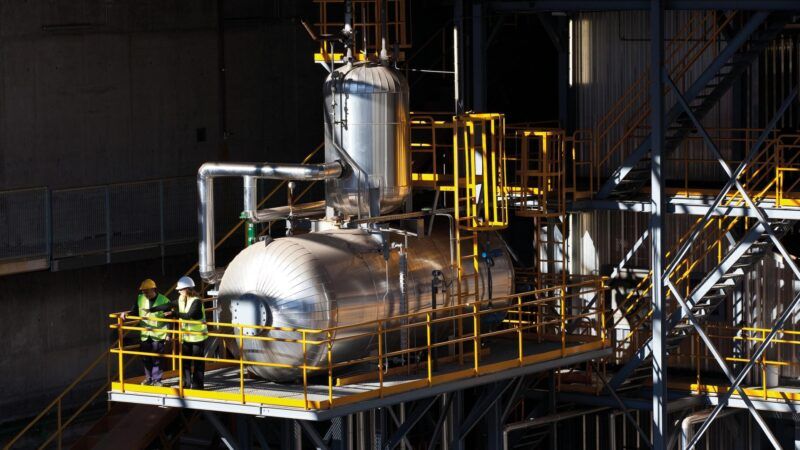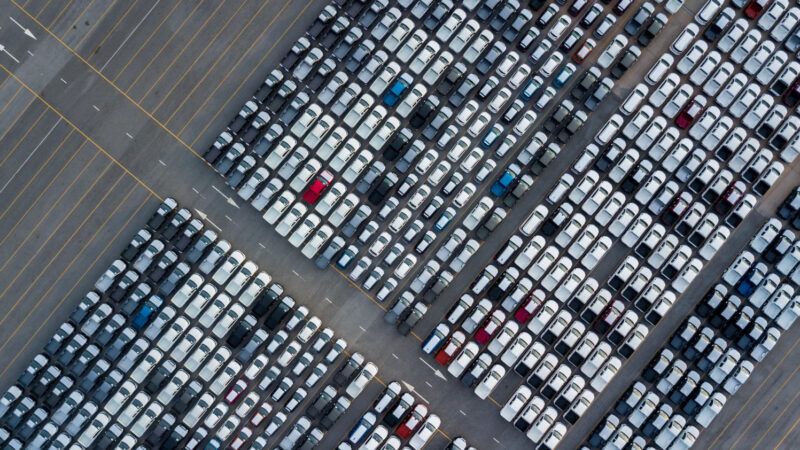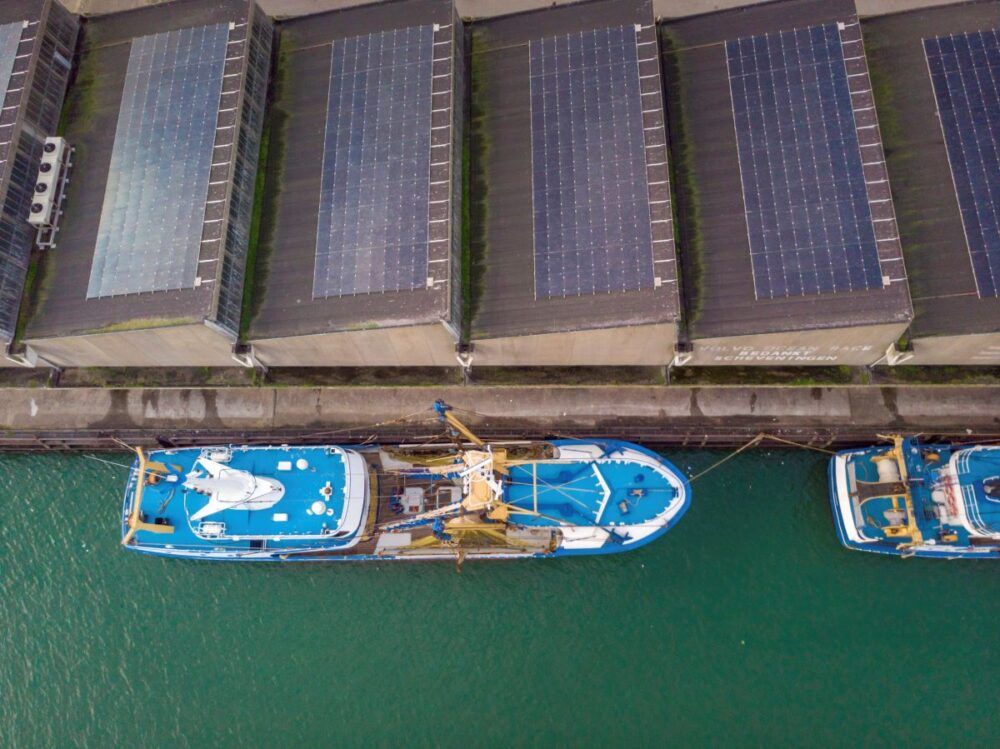 Ports such as The Hague have already installed photovoltaic panels in their facilities (Getty Images).
Ports such as The Hague have already installed photovoltaic panels in their facilities (Getty Images).
Ports turn to the sun: towards energy independence with solar panels
Ports have the opportunity to take advantage of their numerous infrastructures to install photovoltaic panels. At the Port of Barcelona, they already crown buildings, and at the Port of Constanza in Romania, panels float on the sea. Thanks to the use of solar energy, ports favour their energy independence, reduce their costs and mitigate their impact on the environment.
 Ports such as The Hague have already installed photovoltaic panels in their facilities (Getty Images).
Ports such as The Hague have already installed photovoltaic panels in their facilities (Getty Images).
Making the most of their port space: the case of Barcelona
Photovoltaic energy systems are becoming more and more widespread and have a considerably high technological maturity. Their adoption is presented as a very interesting opportunity to leave fossil fuels behind and opt for clean and sustainable systems, something that ports are increasingly taking into account.
As pointed out in the report 'The new energy landscape: impact on and implications for European ports', by Royal HaskoningDHV, these entities have the opportunity to take advantage of their extensive infrastructures to generate energy. In Spain, and specifically in Barcelona, one of the most efficient solutions due to its weather is to install solar energy panels.
At the port, the race to harness energy from the sun has already begun. "There are currently around seven megawatts of solar energy installed in various concessions and buildings, but the potential is even greater," explains Héctor Calls, head of environmental sustainability at the Port of Barcelona.
"The potential of the installations, taking into account the existing buildings and terminals, is between 90 and 100 megawatts. Therefore, we want to install photovoltaic panels wherever possible, on all surfaces, roofs or esplanades. Our aim is to take advantage of all the solar energy we can generate," Calls explains.
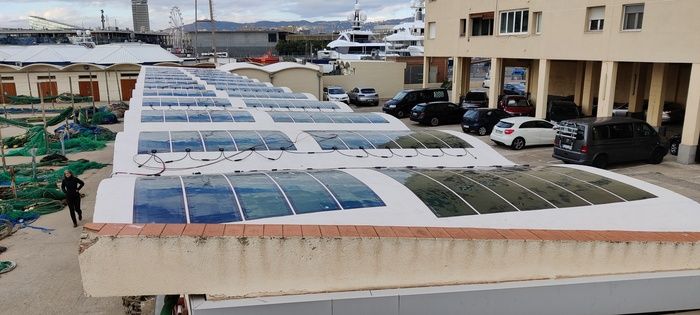
The Port of Barcelona has already developed projects, others are underway and some point to the future. It recently inaugurated a photovoltaic plant installed in the PIF (Border Inspection Point) area, with more than 700 panels that have the capacity to cover almost half of the building's energy consumption.
Barcelona and other ports take advantage of the characteristics of their infrastructures to make the most of renewable energies
Panels that create energy communities
The Port is also carrying out a project within the CREATORS initiative to install solar panels on the Fisherman's Wharf and create energy storage spaces (batteries) to promote self-consumption.
For some months now, flexible panels have been installed on the fishermen's cottages. "These are special panels that can adapt, like a carpet, to the shape of the roofs, which are rounded," explains Calls. "The battery and control systems have also been installed, and before the end of the project, we hope to have the pergola that will cover the entire net yard, which will also have solar panels.”
"This project is very interesting because it has established an energy community in which production and consumption is done locally," explains the Port's head of environmental sustainability. All the energy generated is used both in the buildings themselves and in the adjacent docks.
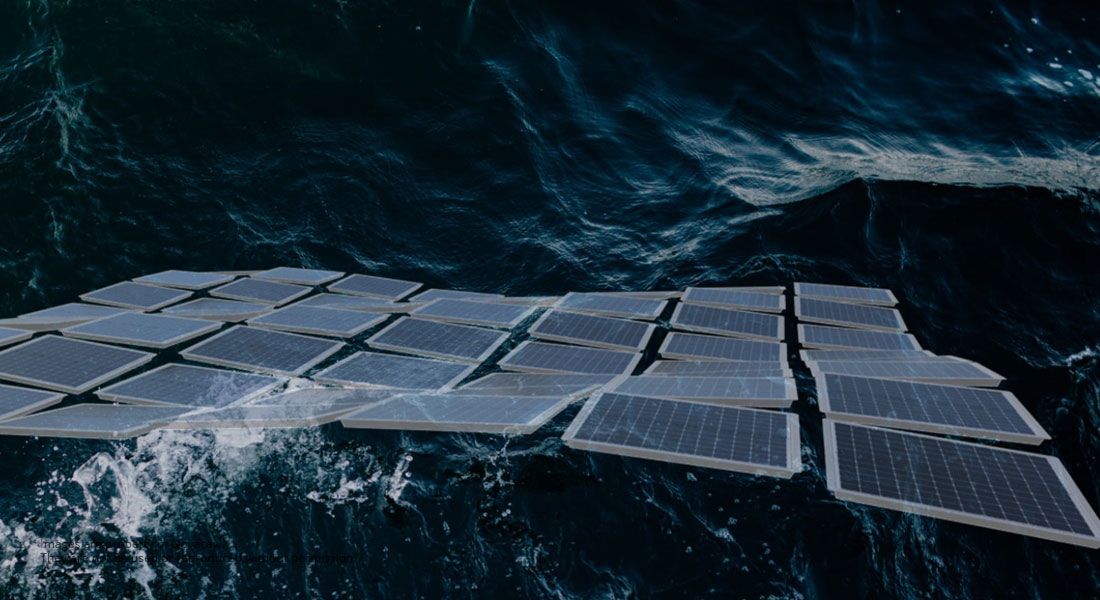
In addition, the Port of Barcelona is carrying out a study of all the buildings in the port area to analyse the feasibility of installing solar panels (both conventional and adaptable to different surfaces) in those areas with interesting potential.
Added to this is the creation of a policy of environmental bonuses to support investment in sustainable mobility and renewable energies in all the terminals.This way, the Port seeks to promote self-sufficiency.
"The long-term objectives are to supply the entire port area as a whole: to generate the maximum potential of photovoltaic energy and divert it from one terminal to another according to their needs and consumption," explains Calls. "We want to be self-sufficient and create local, zero kilometre energy, which can be generated and shared within the port premises".
Ports reduce their dependence from the grid
Several of the world's main ports have also begun their energy transition, with the objectives of mitigating their environmental impact, achieving independence from the grid and reducing their costs. As in Barcelona, they are taking advantage of the characteristics of their infrastructures to make the most of renewable energies.
"Some of the most positive aspects are that the ports are encouraging the terminals' own investment in self-consumption through these rebates that we are implementing. Port authorities are trying to make the most of the renewable energy potential they have", Calls points out.
"Many ports are going along the same lines: that of promoting concessions to install and have bonuses, with the port being a very proactive actor in the installation, not passive. Is the one that promotes the installation, invests and wants to play the role of developer and investor. It is therefore important to stress that the ports see the energy factor as something strategic", he adds.
In some cases, the initiative is private and in others, the port itself is the promoter.
- In Rotterdam, for example, port authorities are installing panels on their properties and encouraging their customers to do the same on their premises.

- An interesting global project is the Port of Seattle's, which has completed the installation of solar panels in different parts of its terminals and headquarters. The panels installed in the Pier69 Solar Project, for example, have the capacity to produce 120 megawatts per year and reduce 2 tonnes of carbon dioxide (CO2) per year.
- In the Port of Constanta, Romania, they have decided to make the most of another area: the marina. They have developed a surface of floating photovoltaic panels with an electrical output of 15 megawatts, which are used to power part of the port facilities and public lighting in the surrounding areas. These panels are equipped with floats and anchoring systems and can withstand the impact of waves of up to one metre.
"It is a very large port in which some dock areas do not have a permanent occupation of ships, so they can move these facilities from one side to the other, depending on their needs," Calls explains. "It is a very interesting solution, but it is not viable in the case of Barcelona.
The list does not end here. Other ports, such as Valencia in Spain, Gothenburg in Sweden or Antwerp in Belgium, have projects using their facilities to take advantage of renewable technologies and harness the power of the sun.



